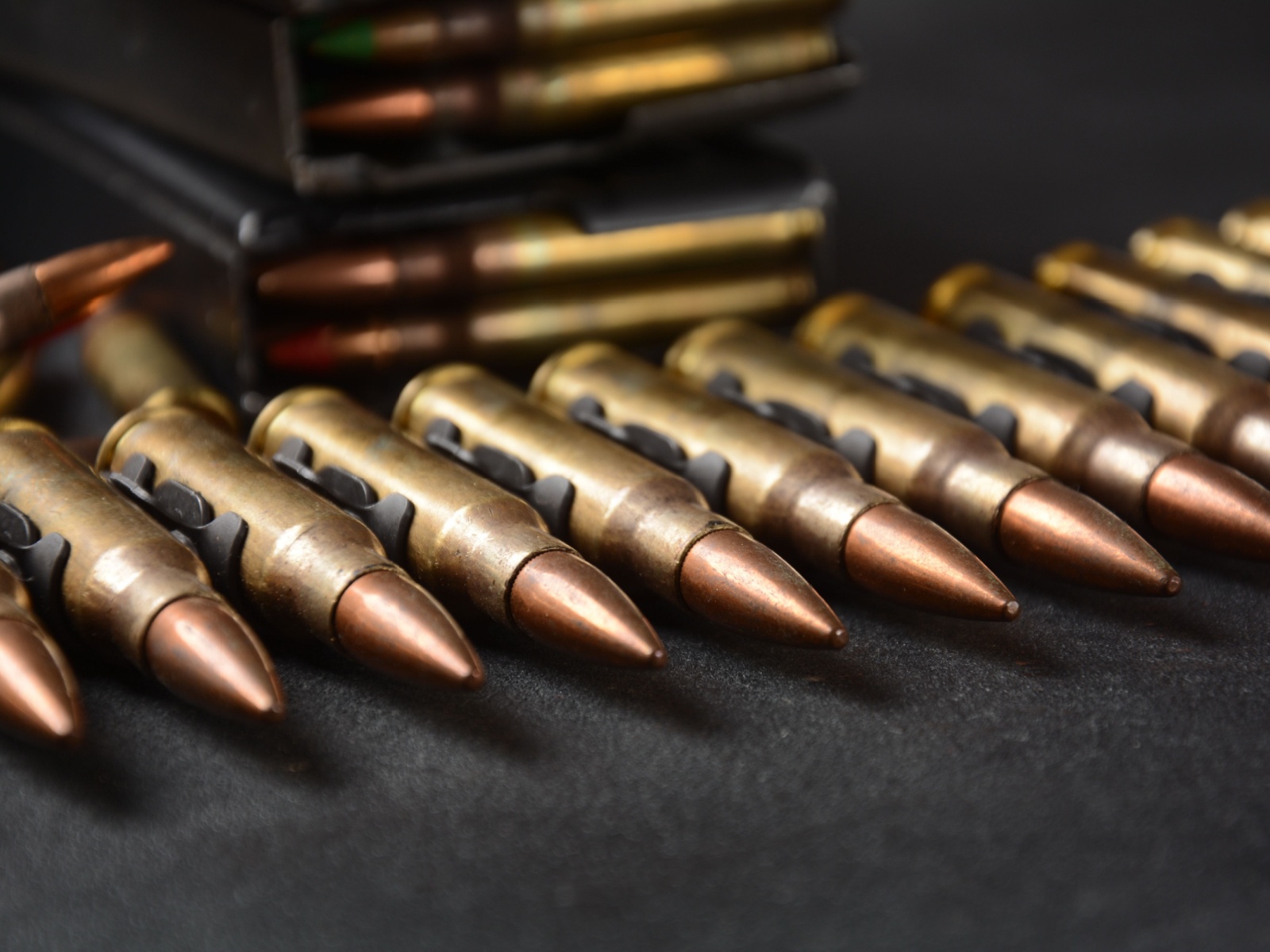ISO 29356 Primer Ignition Delay Measurement
The ISO 29356 standard provides a comprehensive framework for measuring the primer ignition delay (PID) in firearms and ammunition. PID is critical as it determines how quickly the primer ignites, which directly impacts the performance and reliability of the weapon system.
Understanding PID requires precise measurement techniques to ensure that firearms meet stringent safety and operational standards. The ISO 29356 protocol involves a series of controlled tests to evaluate the time from the application of an ignition source to the start of the combustion process within the primer. This measurement is crucial for both new product development and quality assurance during production.
During testing, primers are exposed to standardized heat sources in a controlled environment. The duration until ignition occurs is recorded with high precision using specialized equipment that can detect the smallest changes in temperature and pressure. This data provides critical insights into the primer's performance under real-world conditions, ensuring that weapons function reliably across various environments.
The test methodology outlined by ISO 29356 ensures consistency and repeatability, making it a robust tool for comparing different types of primers or assessing changes in production processes. By adhering to this standard, manufacturers can ensure their products meet the rigorous demands set forth by international regulations.
The importance of PID measurement extends beyond mere compliance; it plays a vital role in enhancing the overall safety and effectiveness of firearms. Accurate PID data helps engineers optimize primer design for optimal ignition characteristics while minimizing unwanted side effects like excessive flash or pressure buildup.
For quality managers, compliance officers, R&D engineers, and procurement teams involved in military testing, understanding PID is essential. It allows them to make informed decisions about product development, manufacturing processes, and material selection. By leveraging ISO 29356, organizations can ensure they are producing safe, reliable weapons that meet both current standards and future requirements.
Real-world applications of this testing extend across various sectors, including defense contractors, ammunition manufacturers, and regulatory bodies responsible for ensuring public safety. The reliability provided by precise PID measurements ensures that military personnel have the best equipment available to them when they need it most.
Scope and Methodology
The ISO 29356 standard defines a standardized procedure for measuring primer ignition delay in firearms. The scope of this test encompasses various aspects, including the selection of appropriate heat sources, the setup of measurement instruments, and the recording of data.
- Heat Sources: The ISO 29356 protocol specifies the use of standardized heat sources to ensure consistent results. These could include electric heating elements or flame-based ignition methods.
- Instrumentation: High-precision thermocouples and pressure sensors are used to monitor temperature and combustion initiation accurately.
- Data Recording: The time from the application of heat until the start of combustion is recorded with millisecond accuracy using advanced data acquisition systems.
The methodology also emphasizes the importance of controlled environments to minimize external variables that could affect test outcomes. This includes maintaining stable temperature and humidity levels during testing, as well as ensuring consistent primers and ignition sources.
Industry Applications
In the military sector, ISO 29356 plays a crucial role in enhancing weapon performance and reliability. By accurately measuring primer ignition delay, manufacturers can identify areas for improvement in their design and production processes.
For quality managers and compliance officers, this testing ensures that products meet international standards and regulations. This is particularly important given the stringent requirements imposed by military specifications.
R&D engineers benefit from ISO 29356 as it provides a reliable method for evaluating new primer designs and materials. This data helps guide decisions on which innovations to pursue further based on their potential impact on weapon performance.
Procurement teams can use the results of these tests to select suppliers who consistently meet high-quality standards. Ensuring that all components used in weapons systems are reliable is essential for maintaining operational readiness and safety.
Why Choose This Test
- Precision: The ISO 29356 standard ensures precise measurements of primer ignition delay, providing reliable data for decision-making.
- Consistency: By following standardized procedures, manufacturers can achieve consistent results across different batches and production runs.
- Rigor: This test adheres to international standards, ensuring that the results are recognized worldwide by regulatory bodies.
- Reliability: Accurate PID measurements contribute to the overall reliability of firearms, enhancing safety and performance in critical situations.
- Regulatory Compliance: Adhering to ISO 29356 helps manufacturers comply with international regulations and specifications.
- Performance Optimization: By identifying areas for improvement through PID testing, engineers can optimize primer design for better performance.
- Risk Mitigation: Ensuring reliable ignition characteristics reduces the risk of malfunctions during critical operations.





